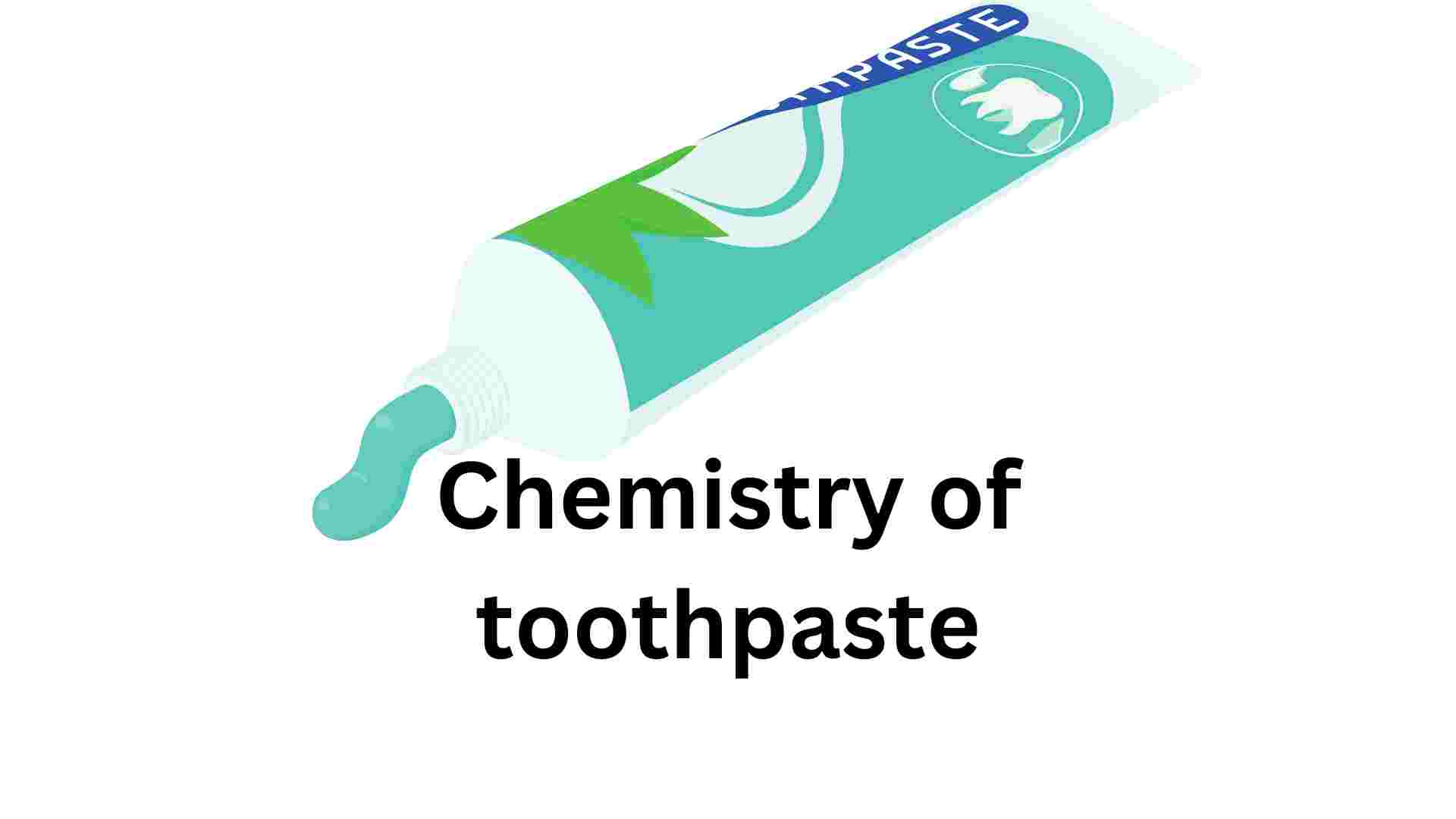Written by Shahzad
As a chemist working in the toothpaste industry, I have a deep understanding of the science behind toothpaste and the important role it plays in maintaining oral health. Toothpaste is a complex and versatile product that combines various ingredients to clean teeth, freshen breath, and prevent cavities. In this article, I will provide an overview of the chemistry of toothpaste and explain how its various components work to achieve these benefits.
Active Ingredients in Toothpaste
Table of Contents
Toothpaste typically contains several active ingredients, each of which plays a specific role in promoting oral health. The most common active ingredient is a type of detergent called a surfactant[1], which helps to remove food particles and plaque from teeth. Another key ingredient is a mild abrasive, such as calcium carbonate, which gently scrubs away surface stains[2].
In addition to these cleaning agents, toothpaste also often contains active ingredients such as fluoride, which helps to prevent cavities, and hydrogen peroxide, which helps to whiten teeth. Other active ingredients, such as baking soda and triclosan, may be included to help combat bad breath or promote gum health.
Formulation of Toothpaste
The formulation of toothpaste is a complex process that involves carefully balancing the various active ingredients to achieve the desired results. The surfactant, abrasive, and other active ingredients must be combined in a way that allows them to effectively clean teeth and achieve the desired benefits. In addition, the formulation must also consider the texture, flavor, and stability of the toothpaste, as well as consumer preferences and regulations.
The Role of Excipients in Toothpaste
In addition to the active ingredients, toothpaste also contains a variety of excipients[3], which are inactive substances that help to form the toothpaste into a usable product. Excipients such as thickeners, humectants, and emulsifiers help to give toothpaste its smooth texture and improve its stability. Flavorants, sweeteners, and colorants are also included to enhance the taste and appearance of the toothpaste.
Conclusion
Toothpaste is a complex and multifaceted product that combines various active and inactive ingredients to clean teeth, freshen breath, and promote oral health. As a chemist in the toothpaste industry, it is exciting to be part of a field that is constantly evolving and exploring new ways to improve this important product. By carefully balancing and refining the formulation of toothpaste, we can continue to deliver high-quality products that promote good oral hygiene for people all around the world.
